Konchi-in – A Quiet Kyoto Temple With Much To See
Konchi-in is a sub-temple of the larger Nanzen-ji complex in Kyoto. This temple packs a lot to see in its compact space, and the best part is it is not over-visited as the more famous and crowded sites in the city. Therefore, you can quietly enjoy its beauty and even spend time contemplating.
The temple is located within walking distance from the Keage Incline and the main grounds of Nanzen-ji. However, not many tourists visit it. We were also completely unaware of it until we took a Kyoto Zen Garden Walking Tour. This lesser-known place is packed with a lot: a shrine within the temple complex, a tea house, a pond garden, and a rock garden. The book Zen Gardens and Temples of Kyoto calls it a microcosm of Japanese arts and I agree. I personally would rank Konchi-in as a hidden gem in Kyoto.
Quick Information
- Location: Google Maps
- Nearby attractions: Nanzen-ji, Heian Shrine, Philosopher’s Path, Kyocera Museum of Art
- Nearby accommodations: The Westin Miyako Kyoto, The Hotel Higashiyama by Kyoto Tokyu Hotel
You can take the subway to Keage Station and then walk to Konchi-in. There is a small fee to enter the temple. The map at the gate says it may take 10 minutes to tour the grounds, however, you may want to spend more time than that to take in all the details.
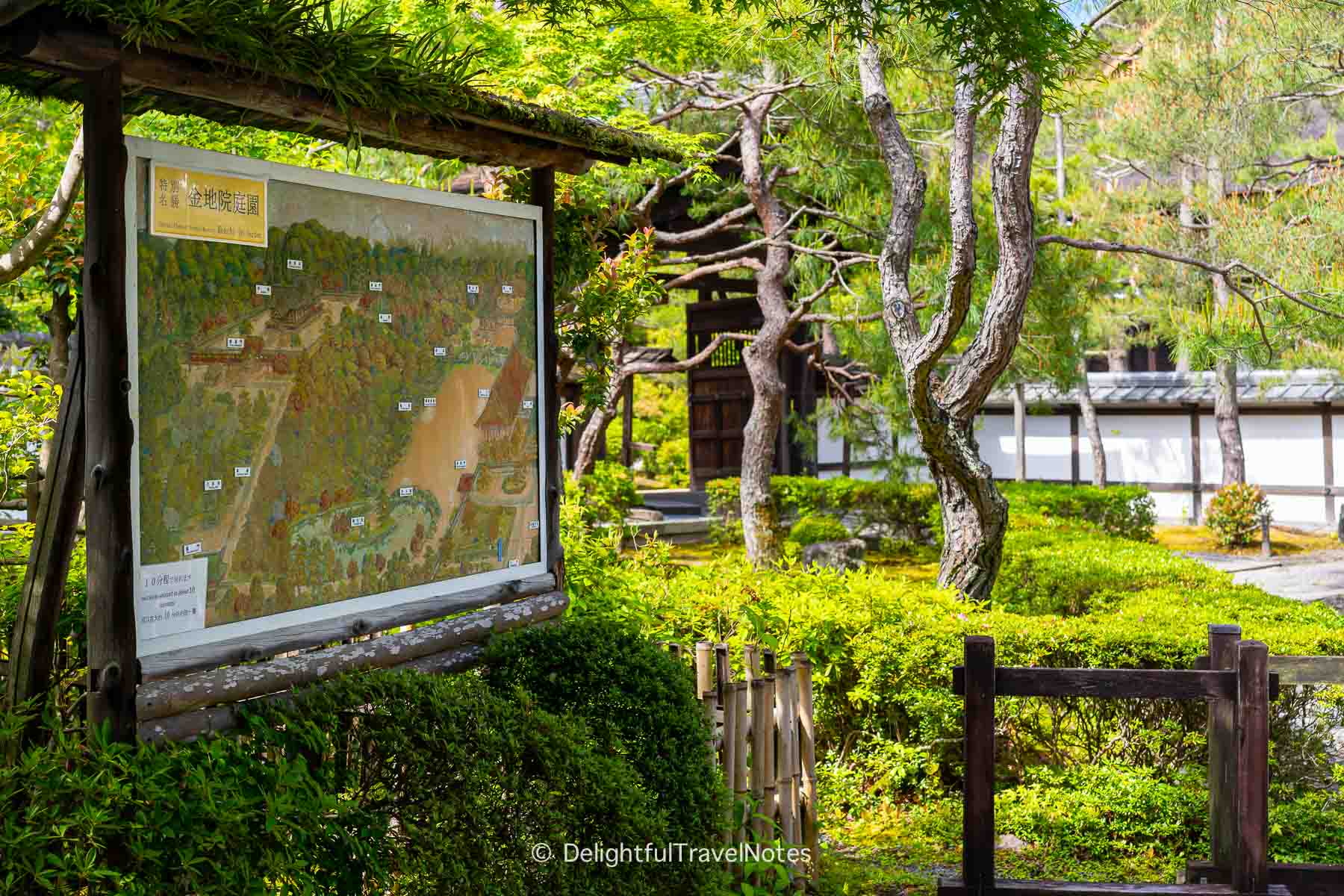
The Garden Path
Right after the entrance is a lush garden featuring a pond with water lily and a small waterfall. The path will lead you up a moss-lined slope. The trees, the pond, the water and the moss together create a serene atmosphere that can calm the soul of visitors.
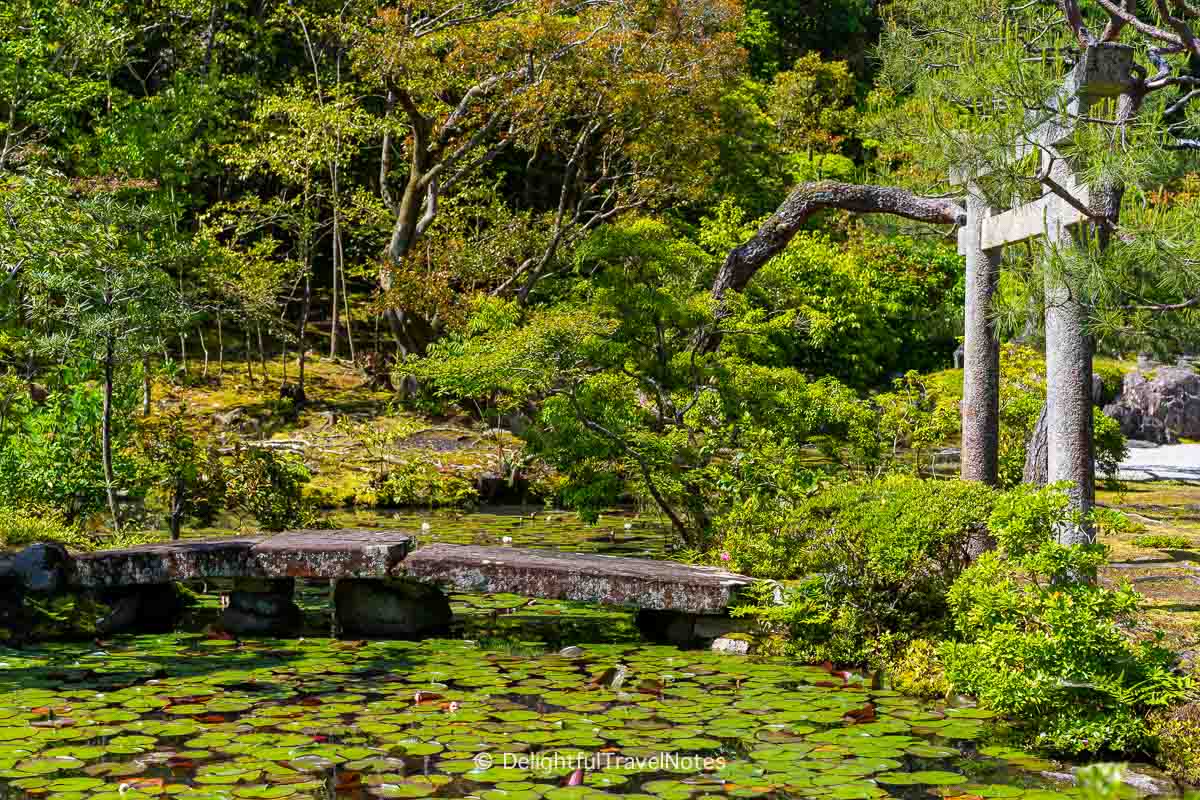

There’s a stone torii gate along the slope indicating the approach to a Shinto shrine. In Japan, Shinto and Buddhism are not mutually exclusive so it’s not uncommon to find a Shinto shrine within a temple complex.
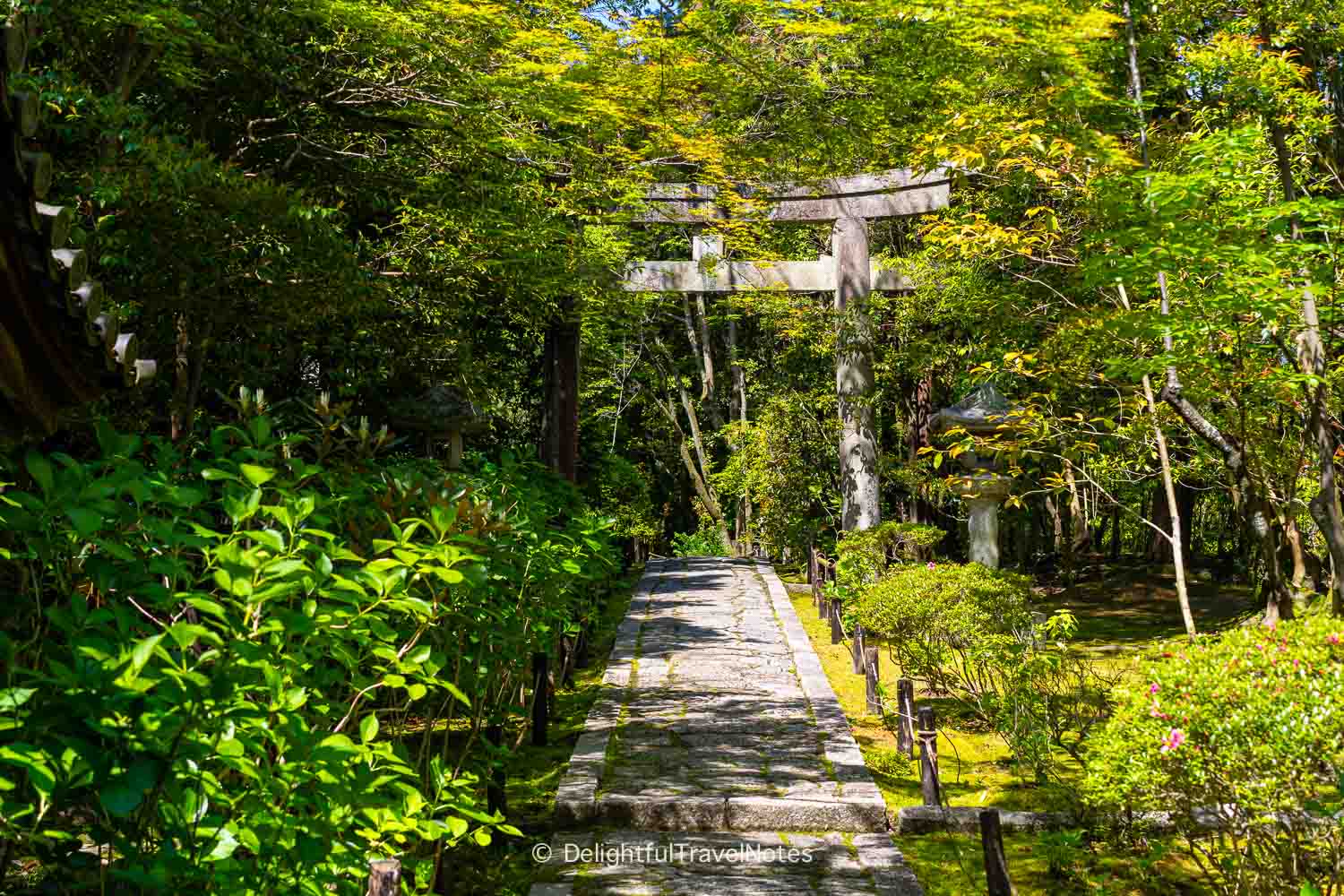
At the top of the slope, you’ll reach a Toshogu shrine, one of many throughout Japan, dedicated to Tokugawa Ieyasu, the founder of the Tokugawa shogunate. You can see the crest of the Tokugawa clan, the triple hollyhock, on the roof tiles of the shrine as well as the walls enclosing the shrine. I read that the powerful abbot of Nanzen-ji, Ishin Sūden, was a close advisor to Tokugawa Ieyasu and the subsequent two Tokugawa shoguns.
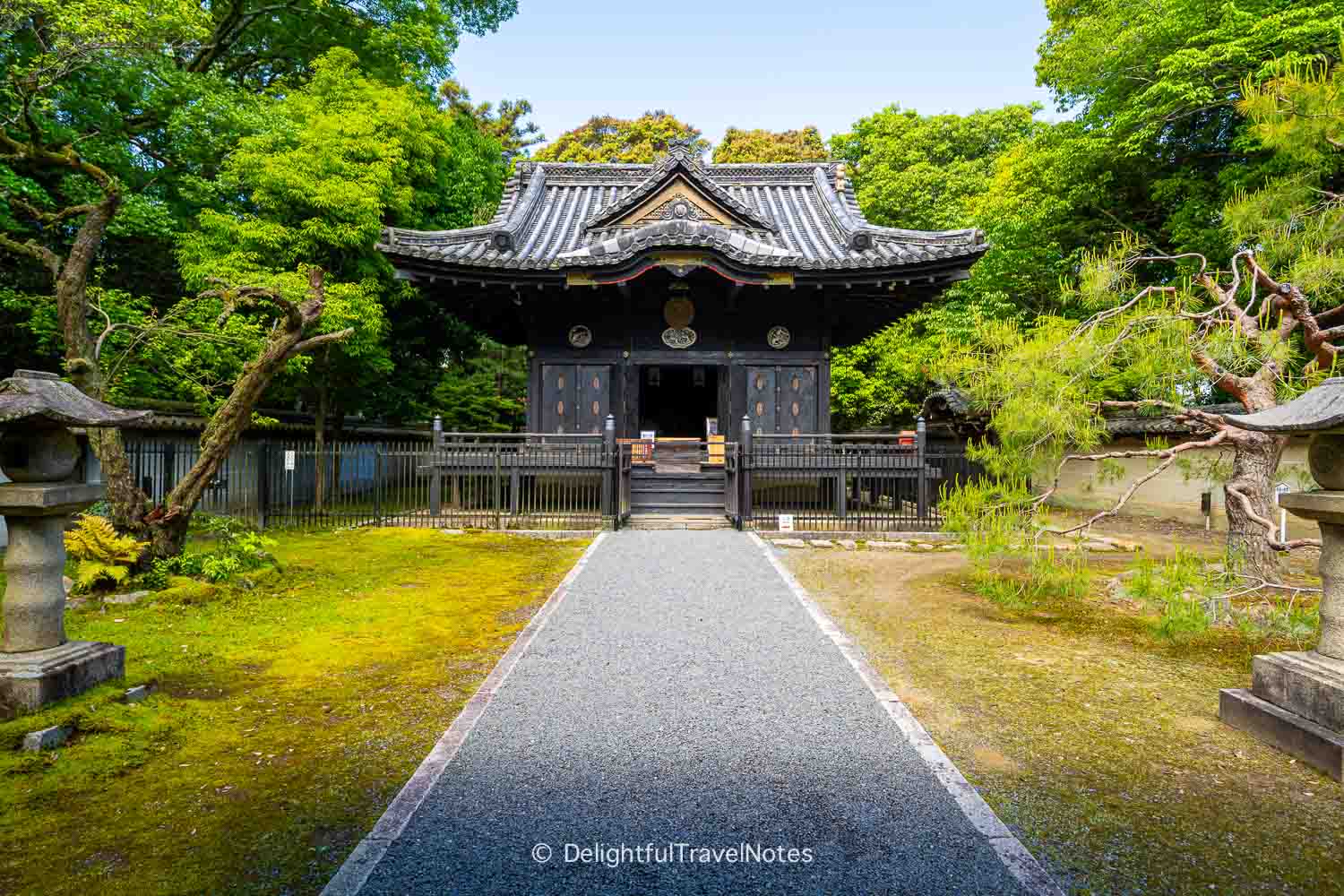

The Crane and Turtle Garden
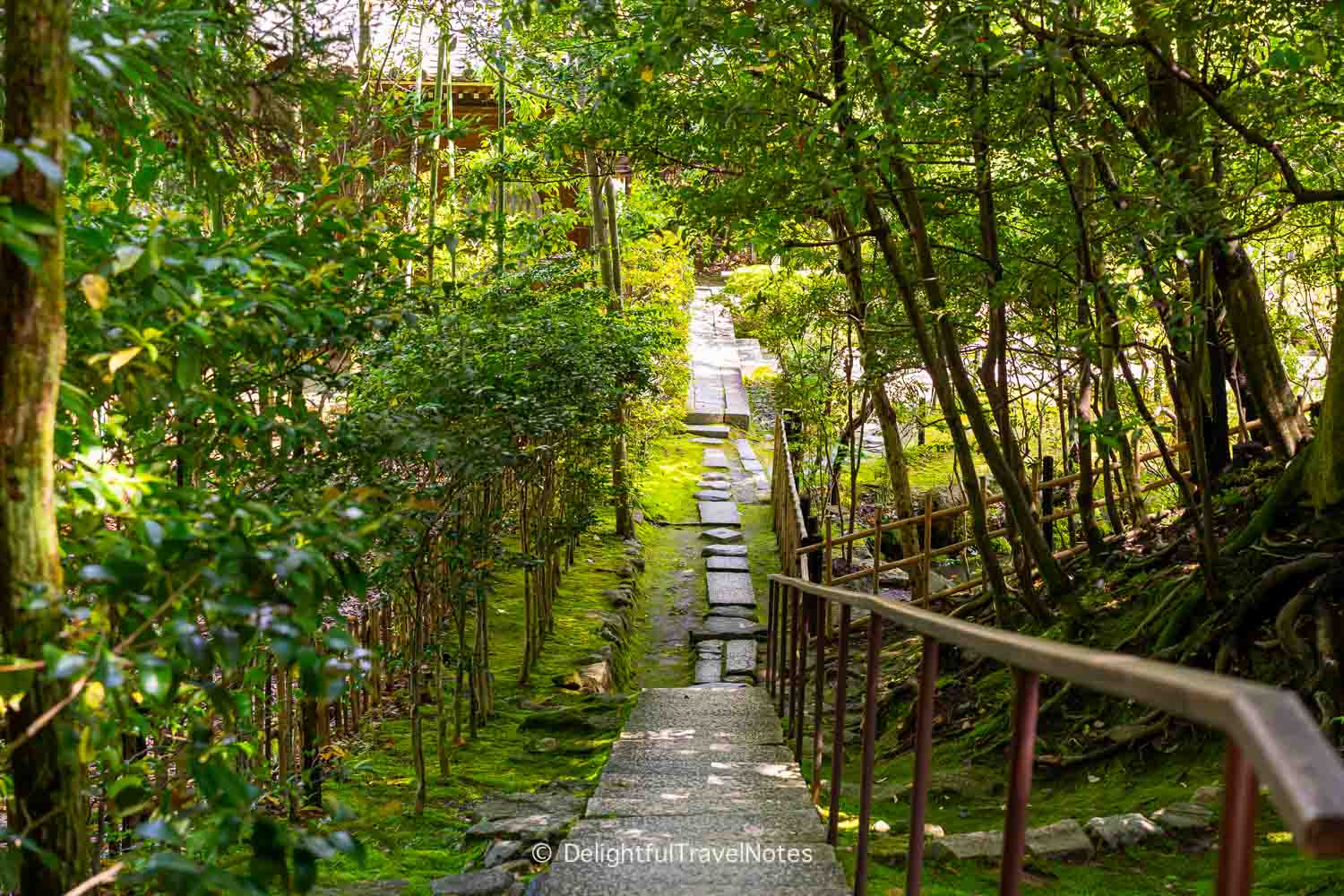
Heading down from the shrine, you will arrive at the main hall where the rock garden can be viewed. From the angle in the photo below, you can clearly see the concept of “borrowed scenery” (shakkei), where the distant view of the Higashiyama mountains is incorporated into the garden’s landscape. It creates an illusion of a garden that feels much larger and more expansive than it actually is.
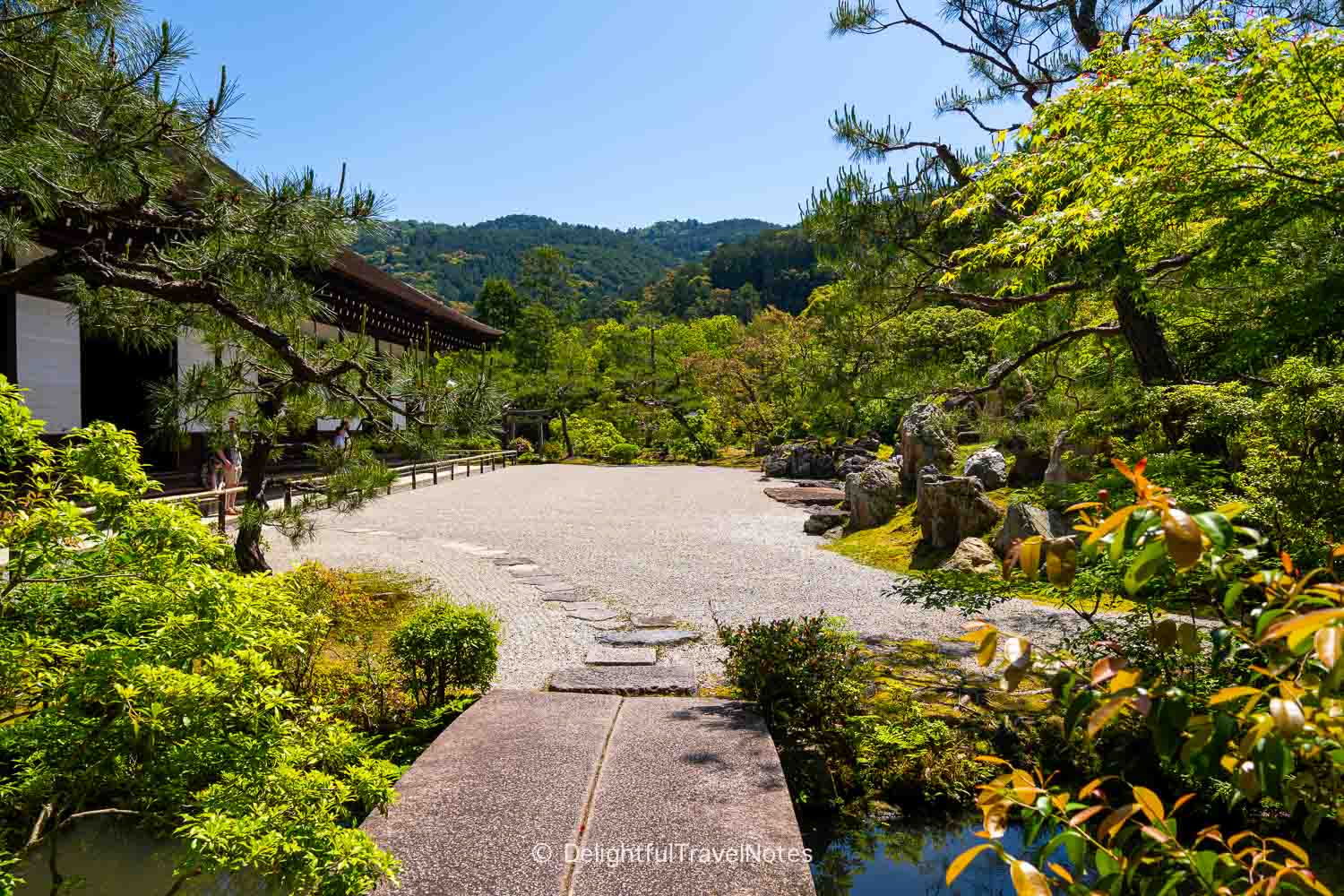
The rock garden is what Konchi-in is most famous for, and it is called The Crane and Turtle Garden. Viewing from the main hall, you will see raked gravel in the foreground representing water (or the sea). Further back, the rocks are arranged into a turtle island to the left and a crane island to the right. In the middle of the rock arrangement is a representation of the Buddhist Triad, featuring a vertical stone symbolizing the Buddha and two shorter stones representing Bodhisattvas.
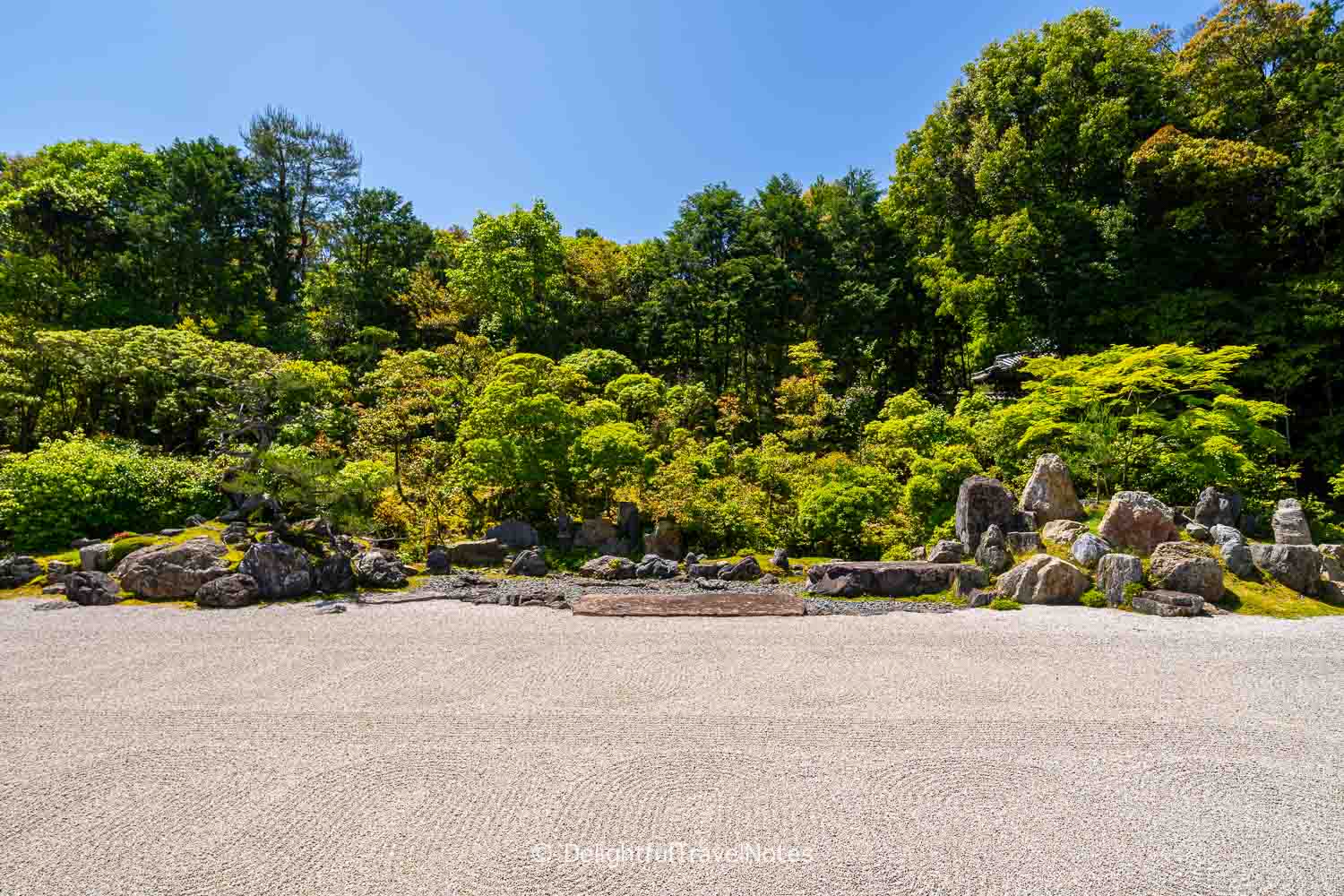
Cranes are symbols of longevity, peace, happiness and good fortune while turtles represent resilience, perseverance and longevity. Turtle and crane islands can also be found in other pond gardens and dry gardens, but I think the ones in Konchi-in are the best examples as they don’t require visitors to strain their imagination too much to recognize the intended imagery.
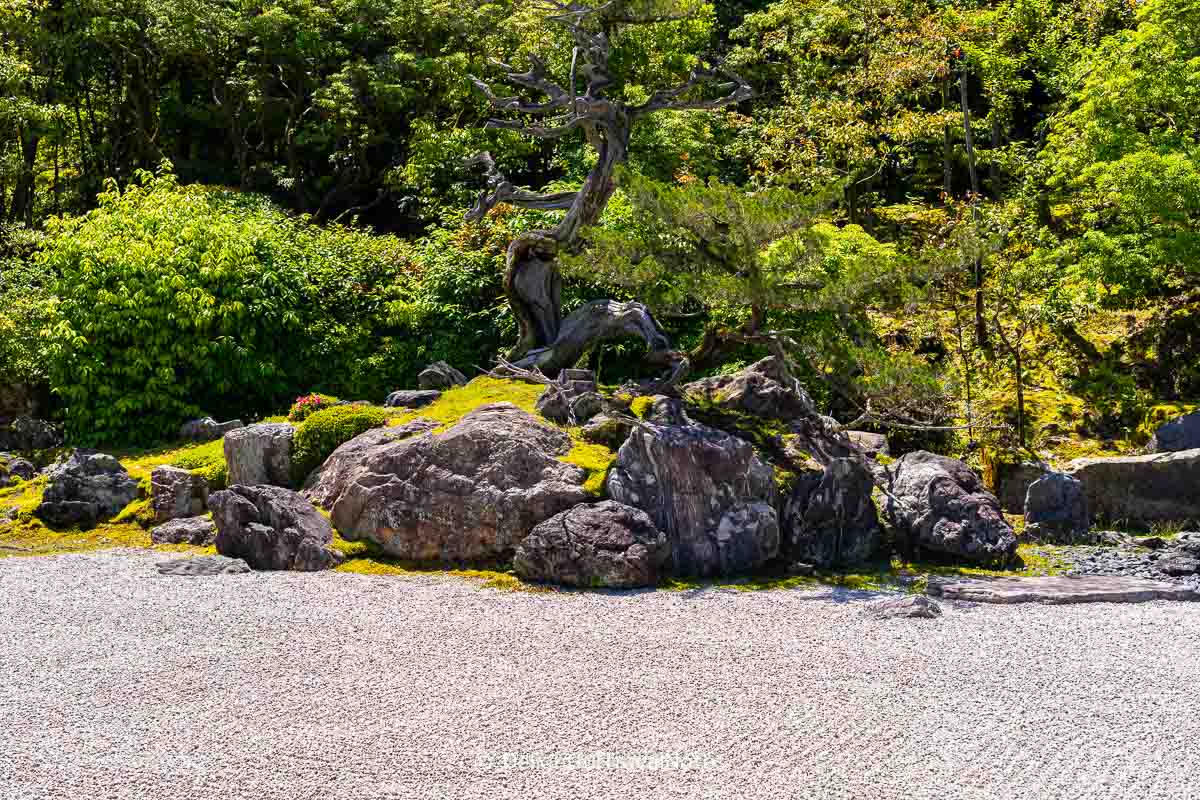
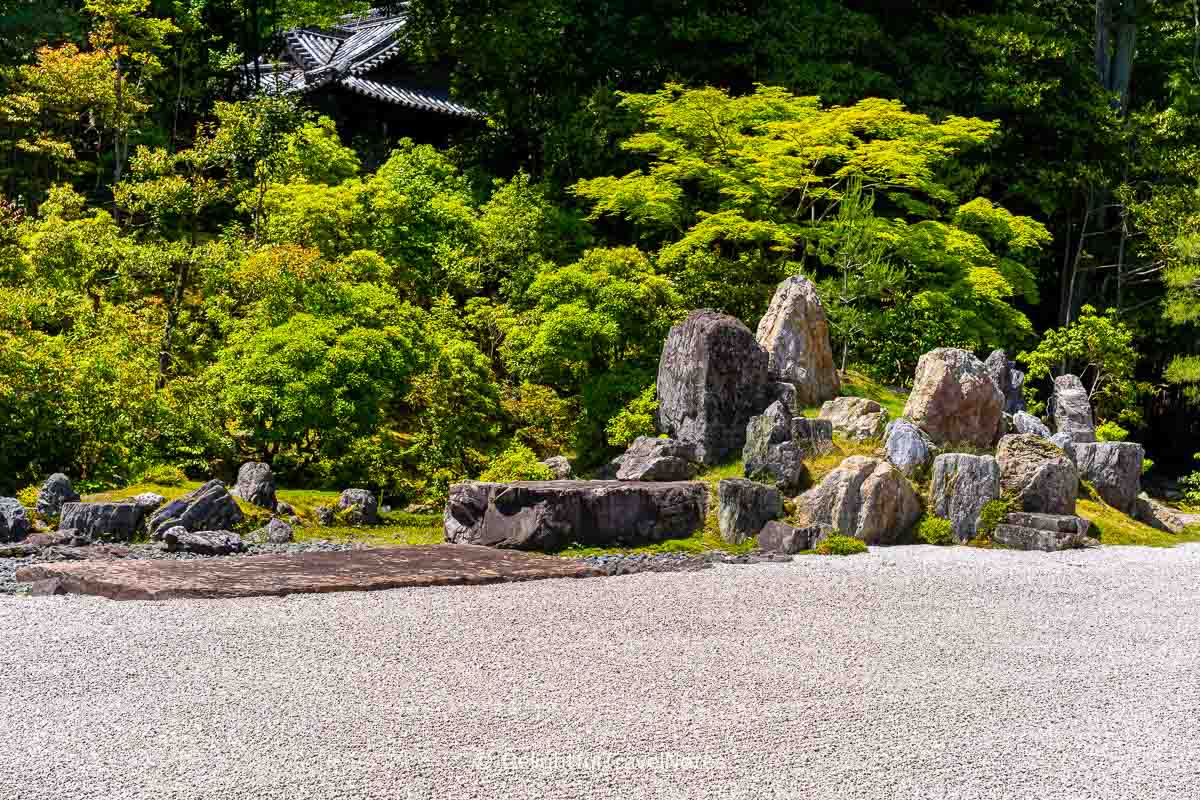
Final Thoughts
Overall, I think Konchi-in is a perfect place to visit in Kyoto for those who love Japanese gardens and enjoy visiting temples. This serene spot has all the essential elements of a traditional Japanese garden and temple complex. You’ll find water features, trees, rocks, and moss, all meticulously arranged to represent nature in a controlled and harmonious environment. Everything is very intentional!
Besides, one of the best aspects of this temple is its quiet atmosphere, allowing us to take our time to appreciate the details and develop some understanding of the garden’s design. If you collect goshuin, don’t forget to get one at the ticket office – they just started doing goshuin not too long ago.
As I’ve said, we wouldn’t notice this temple without the private Kyoto Zen Garden Walking Tour with Andrew, a garden designer living in Kyoto. The tour is among the best guided experiences we have taken in Japan.

Explore More
The Thousand Kyoto Review: Wonderful Hotel Right Next To Kyoto Station
How To Plan An Amazing Trip to Kyoto (Beyond General Japan Travel Tips)
Top Crowded Attractions in Kyoto and How to Avoid the Masses